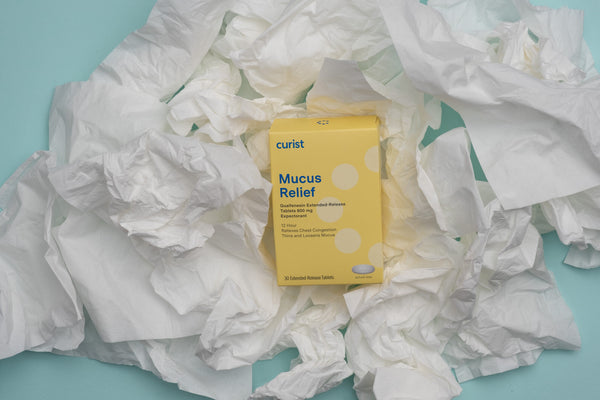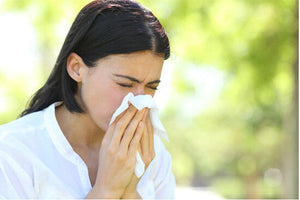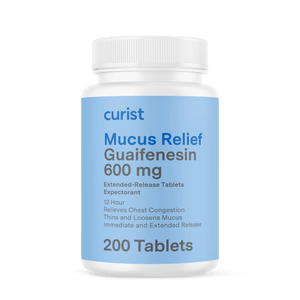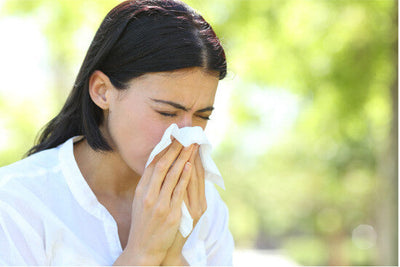by Dr. Marc Goldstein, MD, Curist Allergy Advisor
Curist delivers over-the-counter medicines to your door at a fraction of the price of traditional brands. We hope everyone stays safe and healthy during this time.
What’s Your Sinus?
If a doctor has ever diagnosed you with something called “sinusitis,” or sinus inflammation, you might be painfully aware of how your sinuses can feel when things are going wrong. But what about when things are going right?
Your sinuses are air-filled spaces in your skull that serve many functions. These hollowed-out cavities, located on both sides of your nose and within your forehead, are lined with mucous, and connect to your nose via small openings. So if they’re just empty voids, what makes them so important?
Sinus cavities perform many jobs at once, by:
- helping your smell receptors
- absorbing shock from injury to the head, and protecting the brain
- producing mucus to moisten your nose, and defend against bacteria
- lightening the weight of your skull bones
- producing local antibodies in the nose to fight viruses
- regulating a safe temperature for the brain
- helping with facial growth in children
The Signs of Acute Sinusitis
With so many important tasks, it makes sense that when things go wrong with your sinus, the result is not fun.
The discomfort you feel when your sinuses become inflamed can be excruciating. Symptoms mimic those of a bad cold: nose stuffiness, headache, facial pain and pressure, post-nasal drip, decreased or loss of smell, and throat clearing. On average, people suffering with acute sinusitis lose 4 to 5 days from work, and their condition can recur frequently.
There are two major causes of sinusitis. The first is viral infections. The second is allergic reactions.
The Science of Sinuses and Allergies
Allergic reactions caused by pollen, food, dust, animal dander, and mold can each result in inflammation of the interior lining of your sinuses and nasal airway
This swelling interferes with the normal flow and clearing of mucous from the nose and sinuses. The uncomfortable result is congestion. Sinusitis makes breathing very difficult and uncomfortable, and makes you wonder whether it will ever clear up. There are two ways to deal with allergic sinusitis.
Fight Sinus and Congestion: Antihistamines and Decongestants
(A) Antihistamines combat an allergy by blocking the harmful action of compounds called “histamines.”
These histamines get released by cells as part of your body’s allergic reaction. Then they to wreak havoc in your body, especially your nose, throat, and eyes
While antihistamines cannot prevent histamines from being formed, they can interrupt the agenda, so to speak.
A variety of doctor recommended antihistamines are available at Curist here.
(B) Decongestants, by contrast, treat congestion in your nose. By shrinking swollen nasal membranes, congestion recedes, allowing you to breathe easier.
These are two different approaches to treating allergies and sinus, with different functions. Sometimes, a combination of both treatments provides the best relief. In all cases, the more you know about the allergy medicines available, the better choices you can make.












